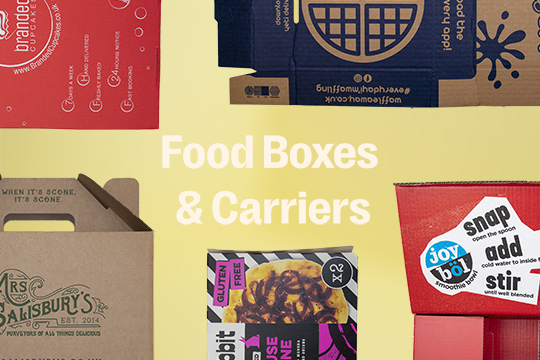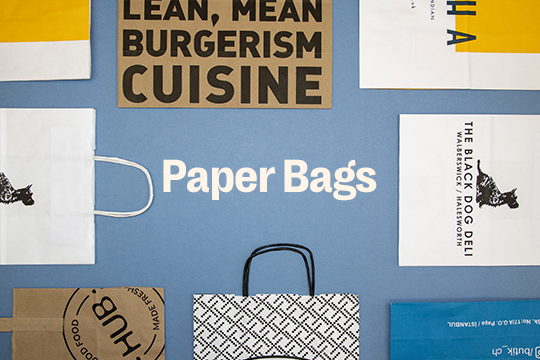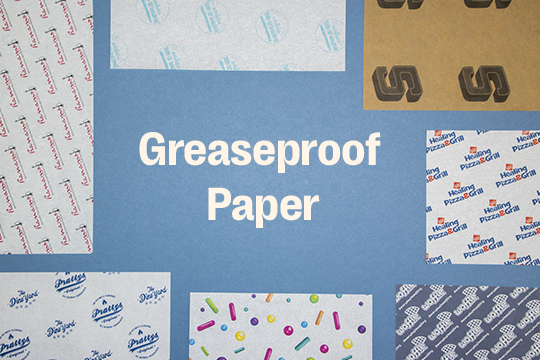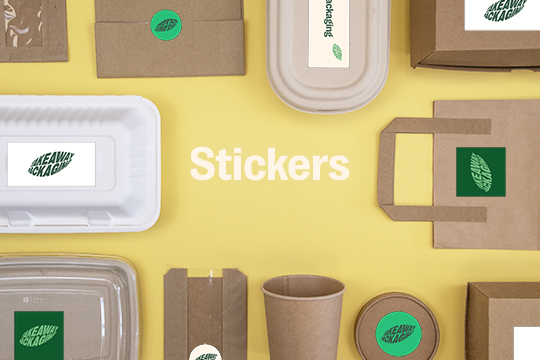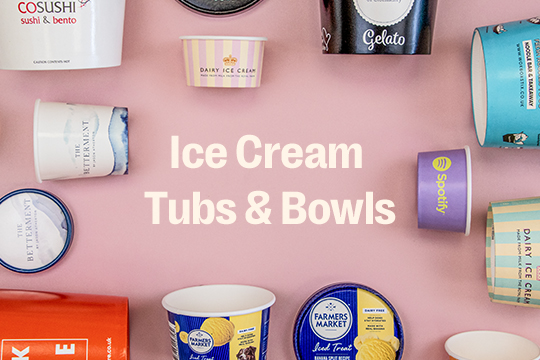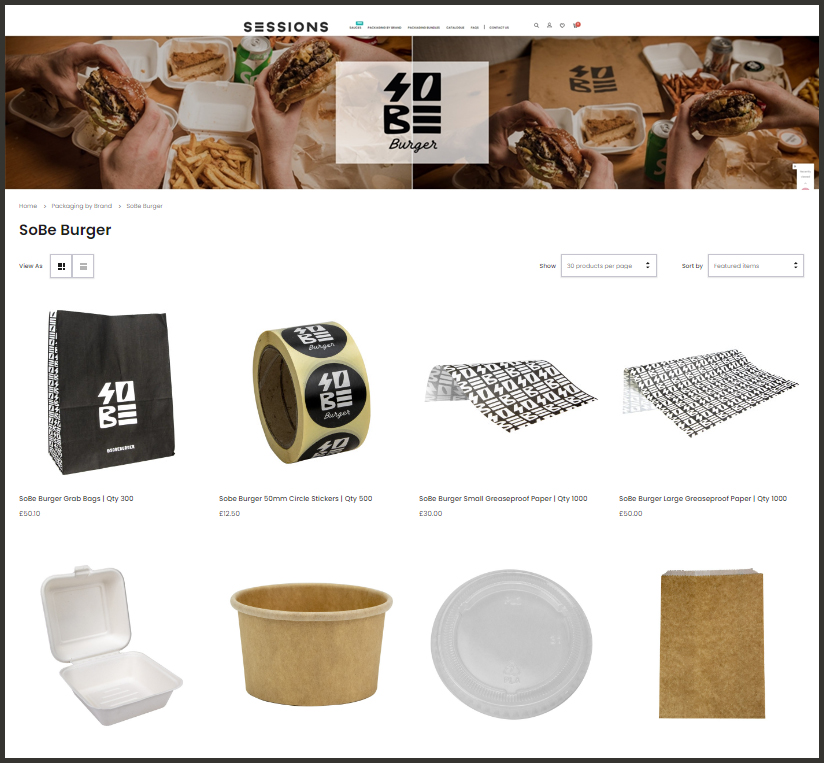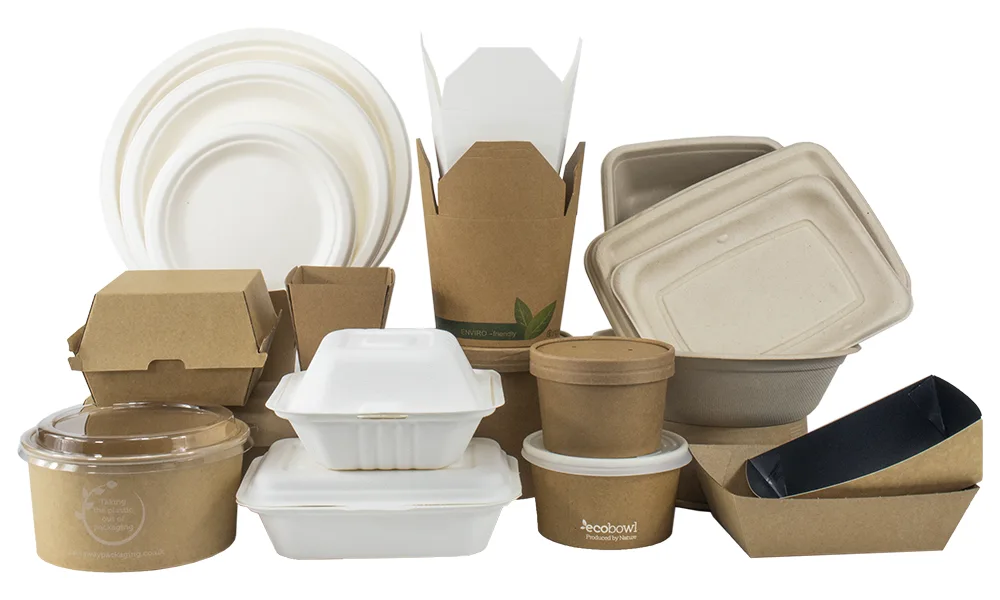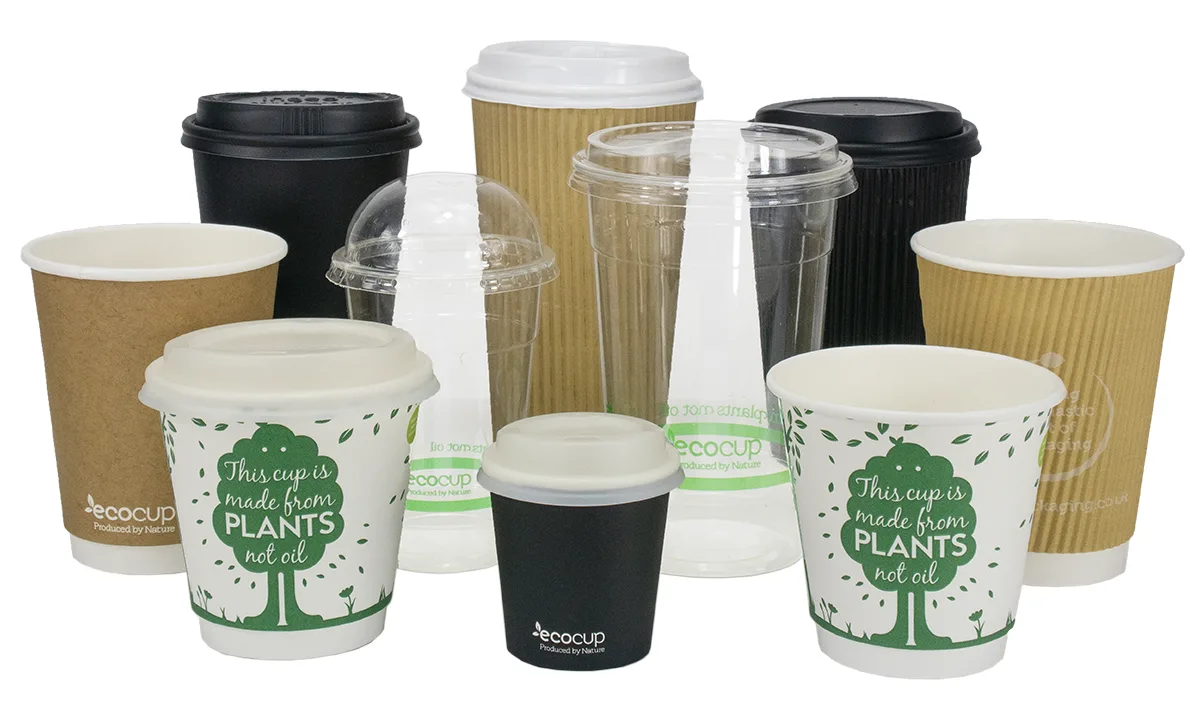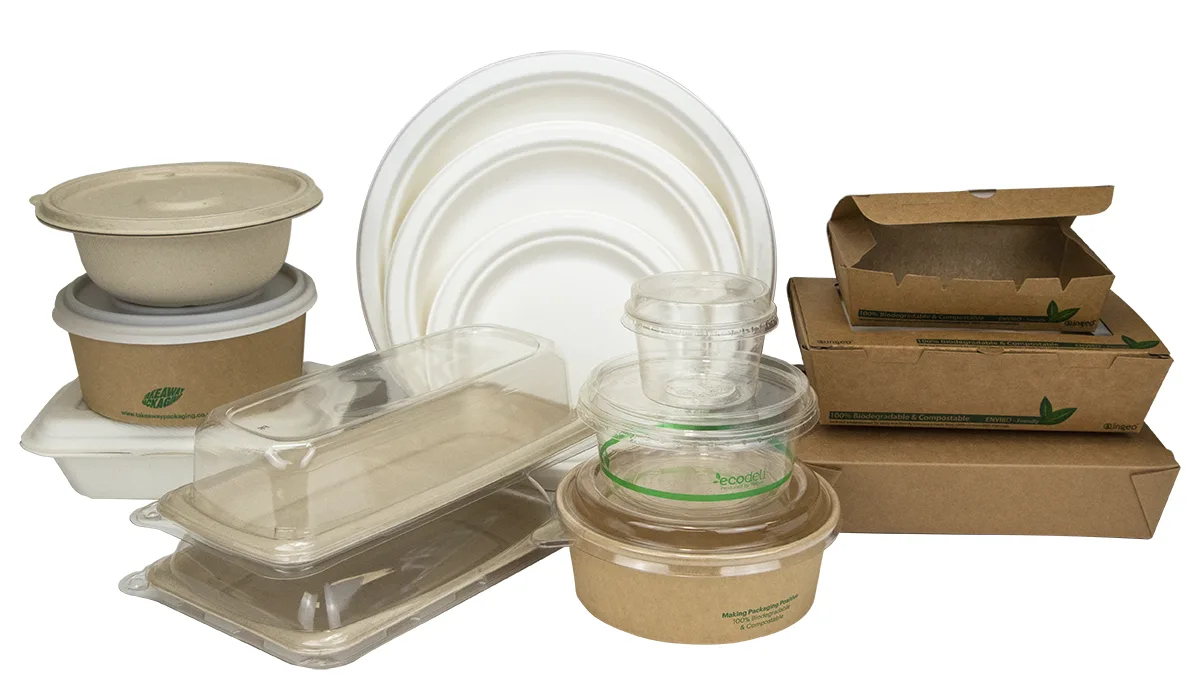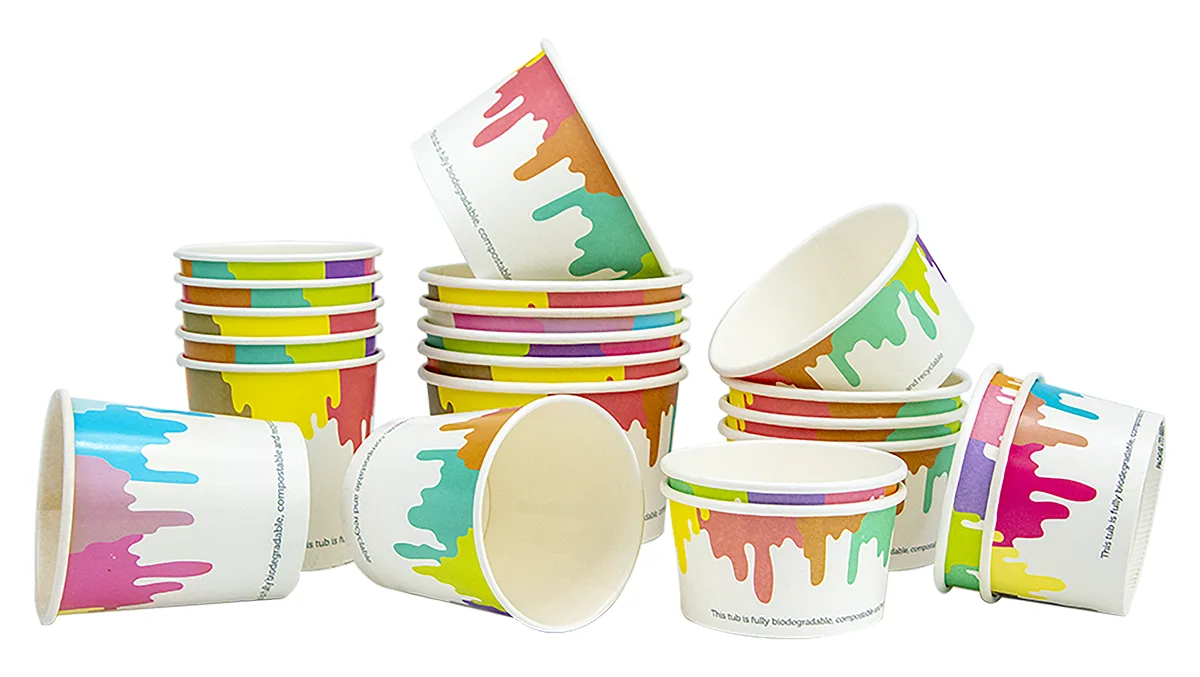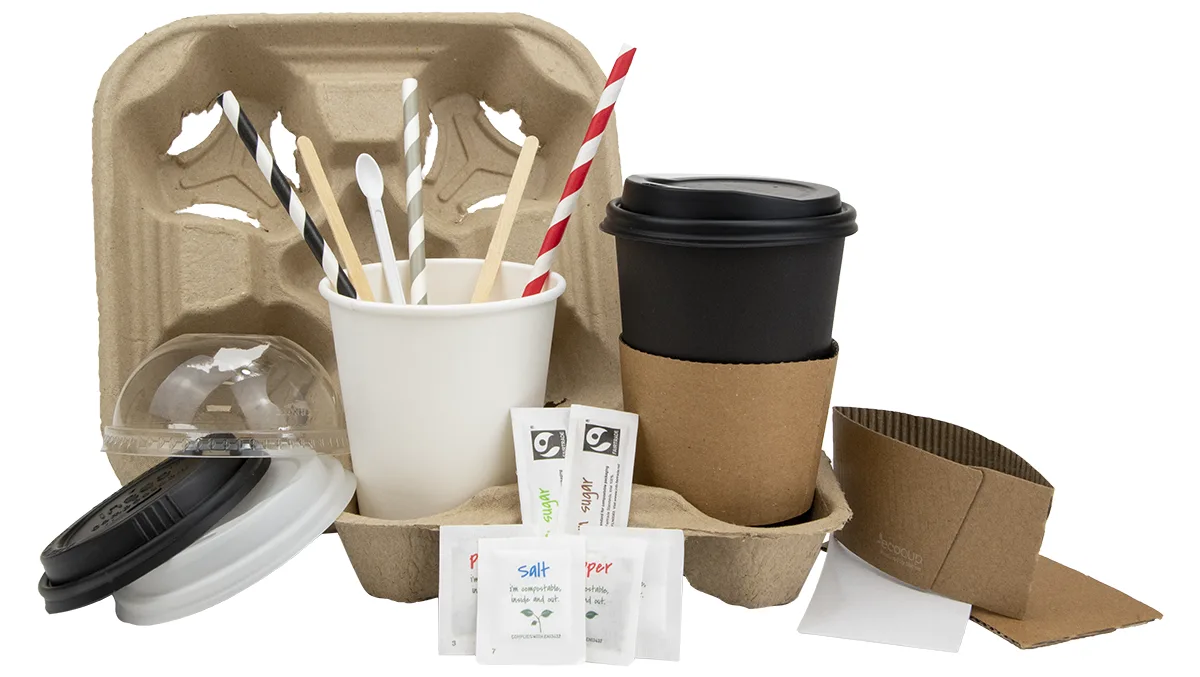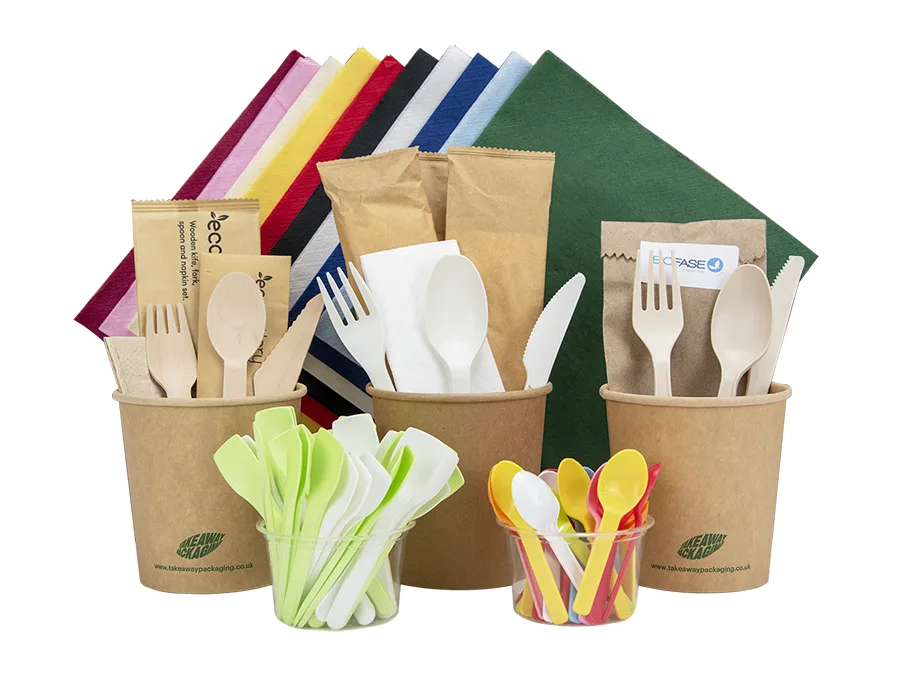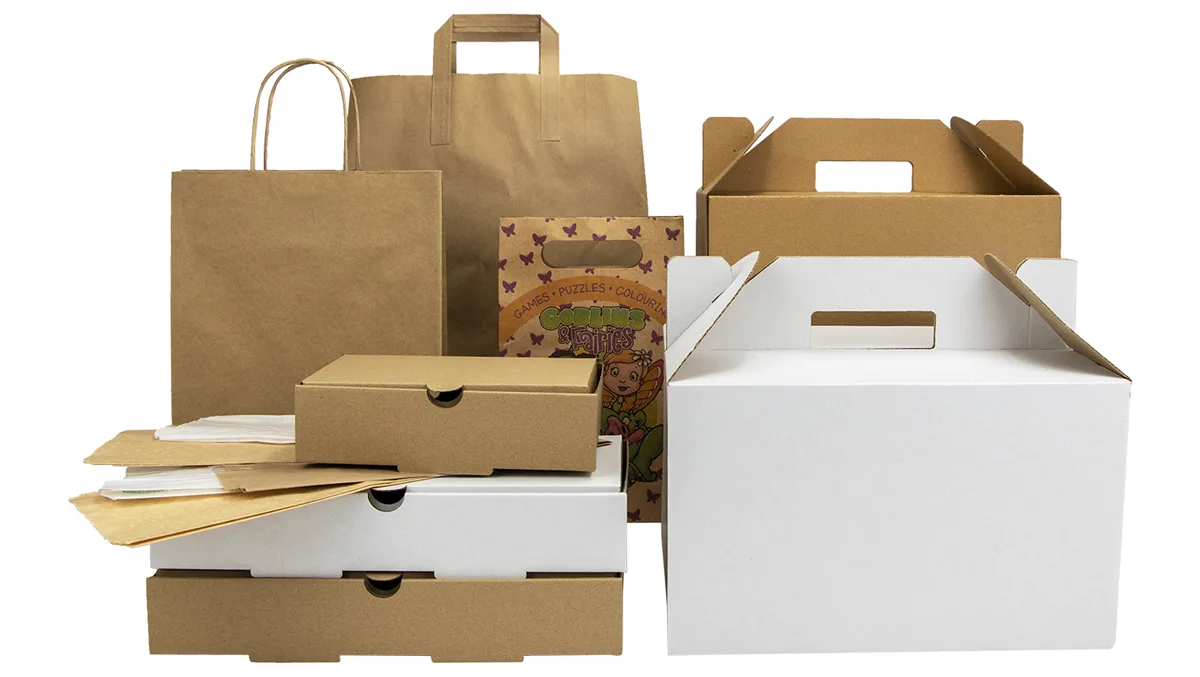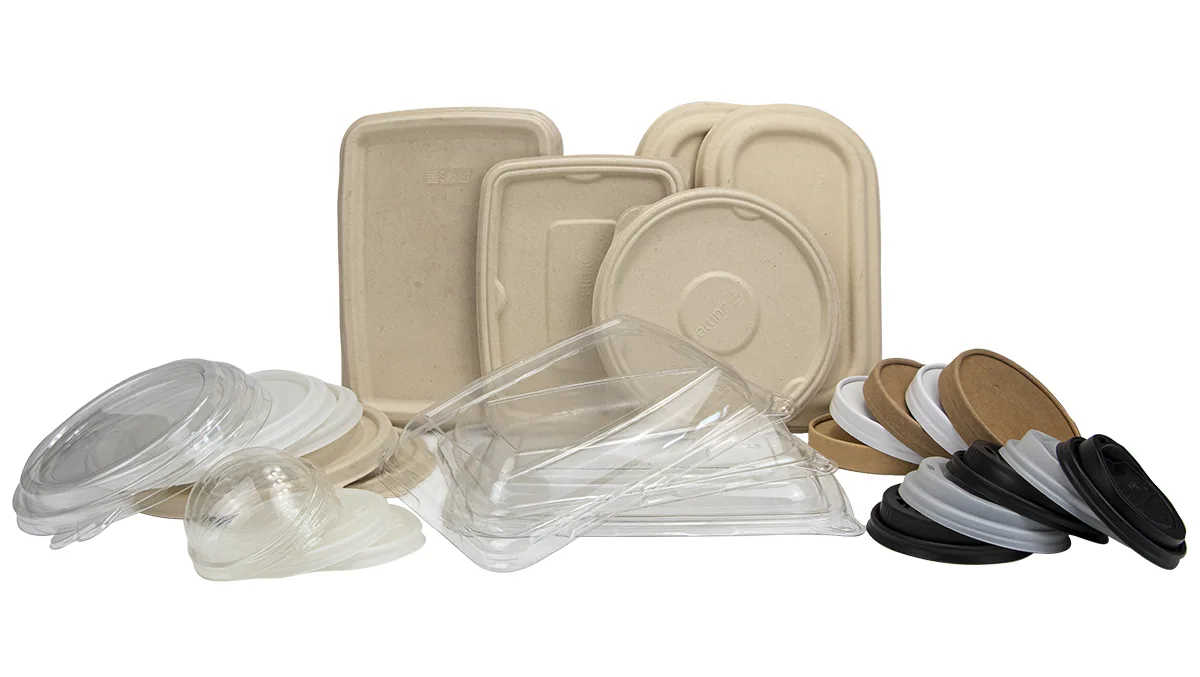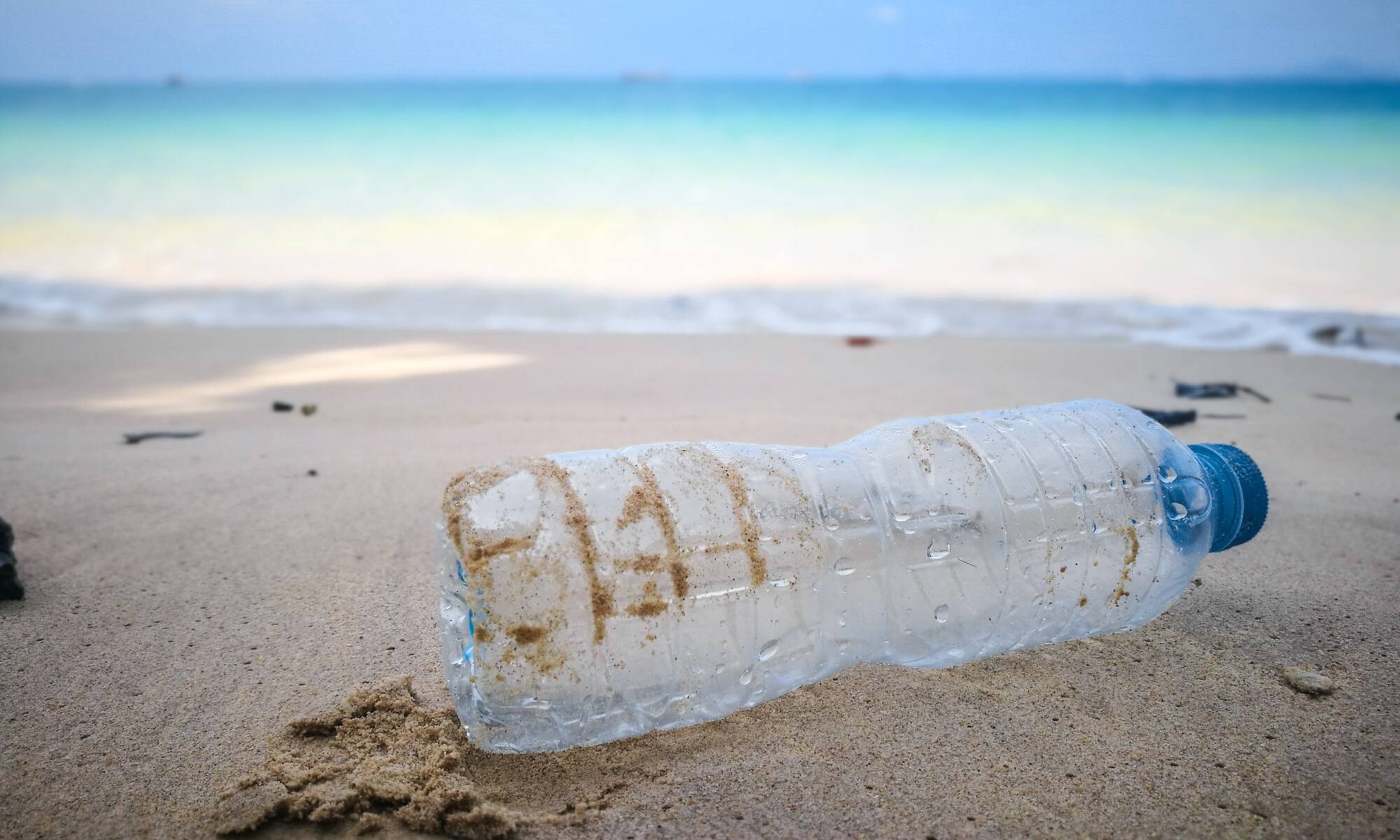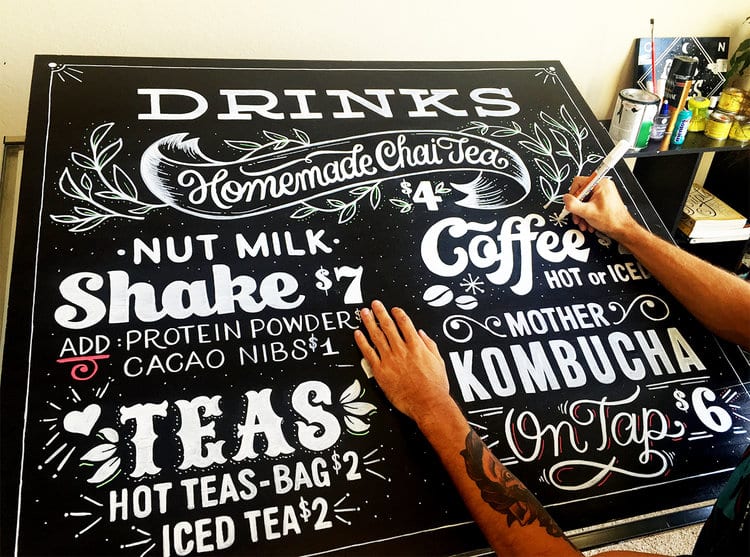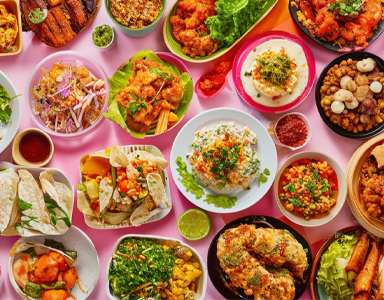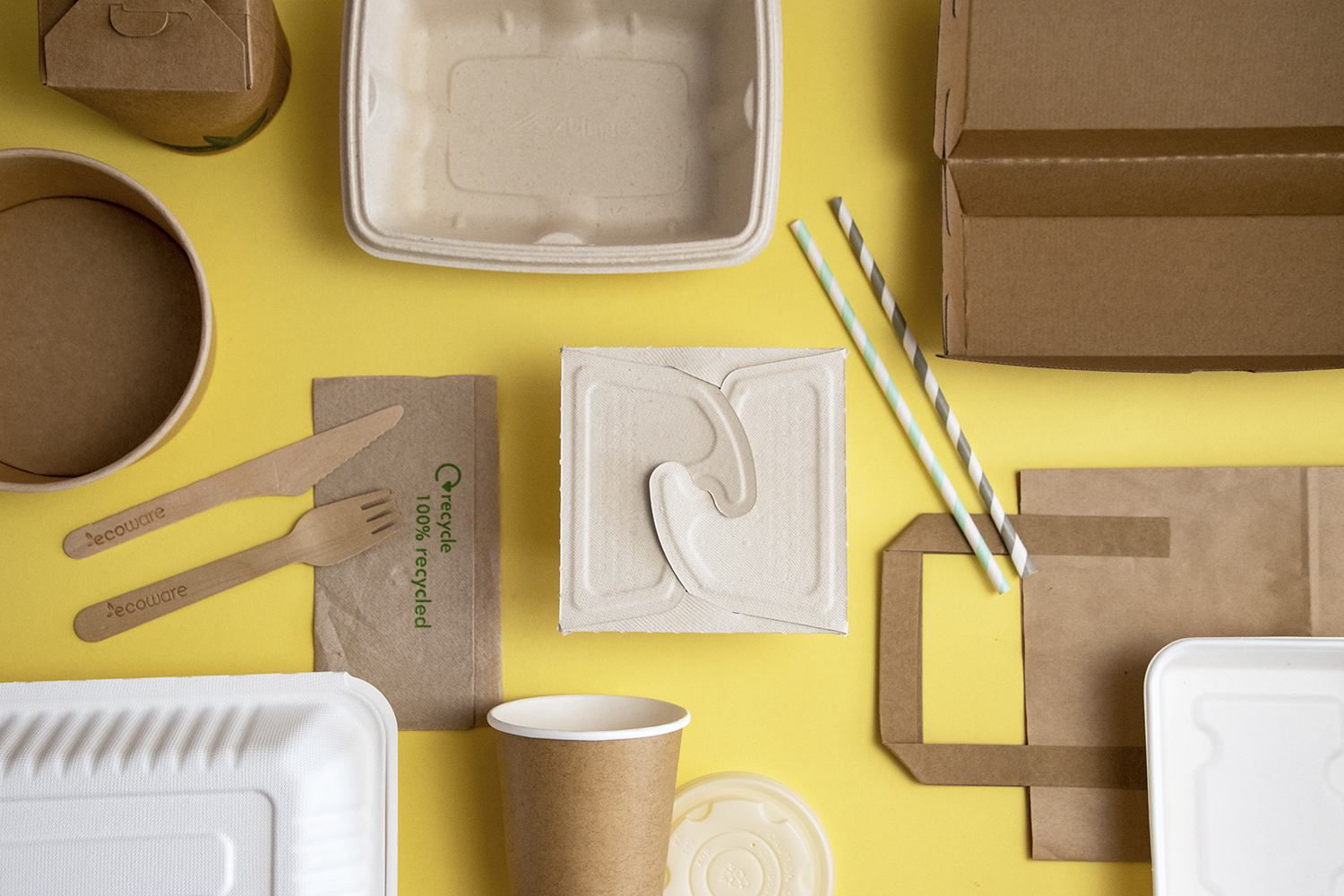Plastic packaging has been in circulation for decades, but the environmental effects of wide-spread plastic usage are starting to take their toll on the planet.
There’s no denying that plastic packaging has proven useful to many businesses and consumers alike, but it comes with an unignorable environmental cost, as well as many other disadvantages that far outweigh its benefits. Read on to find out how Takeaway Packaging is turning the tide on plastic packaging in the food sector.
What Is the Negative Impact of Plastic Packaging?
Plastic packaging comes laden with drawbacks that have a direct impact on the environment and our personal wellbeing.
Littering ruins nature (particularly plastic-based litter).
Littering is still a prevalent issue, even though greater penalties have been put in place in recent years to curb the nationwide problem. Fast-food packaging makes up about one-third of all the most commonly littered items, and since a proportion of that litter is non-biodegradable, it lies strewn across our public spaces for years.
While food vendors aren’t primarily at fault, they also have the unique opportunity to reduce the impact of littering by switching to biodegradable takeaway packaging. This kind of eco-friendly packaging material degrades naturally and at a much faster rate than plastic or polystyrene packaging, meaning that the adverse effects of littering would be much less harmful to the local environment.
Customised takeaway packaging can also be used to encourage recycling and responsible waste management. By including useful information on the packaging itself, people can be made aware of how to properly dispose of it, nudging people in the right direction.
Plastic doesn’t degrade for hundreds of years.
It can take centuries for plastics to fully decompose. That means that the plastic we use today to protect our food and package our takeaways will likely be around for generations after it has served its limited purpose. Worryingly, single-use plastics make up around 40% of all the plastic waste produced year-on-year, which are predominantly plastic containers, cups and cutlery.
Environmentally safe alternatives — like biodegradable cups and sustainable food containers — have seen a surge in popularity due to their eco-friendly characteristics, providing consumers and businesses with a greener option for their takeaway packaging.
When plastic starts to degrade, it leaks toxins back into the environment.
To add insult to injury, plastics expel toxic by-products like bisphenol A (BPA) and PS oligomer when they start to degrade. It means that as the oil-based materials slowly perish, the chemicals that remain poison the planet. On the other hand, bioplastics break down into purely natural chemicals, leaving minimal trace of their existence behind while still offering similar characteristics.
Plastic packaging contaminates our food.
Most shocking of all is how plastics can contaminate our food and drinks products. Some forms of plastic packaging release tiny plastic particles — often referred to as microplastics — that subsequently contaminate our food with plastic fragments, causing us to ingest these toxic materials. While the risks of plastic ingestion haven’t yet been fully studied, it’s estimated that people eat around 50,000 plastic particles every year, which isn’t good news for our continued health and wellbeing.
Unrecycled plastic packaging causes harm to animals.
If you were concerned about the effects of plastic on humans, many wildlife species are also directly affected by plastic ingestion. Ocean-dwelling animals regularly encounter plastic and accidentally ingest microscopic plastic particles, which can often be fatal to most marine life. Sea birds are frequently found with bellies full of plastics that they mistook for morsels of food, wreaking havoc on their digestive systems and proving fatal in most cases.
What Can You Do to Reduce Plastic Waste?
You’re probably asking yourself, “how can we reduce the impact of excess food packaging on the environment?”. The good news is that you can do a few things to prevent further plastic pollution as a consumer and as a business.
Recycling plastics and avoiding plastic-wrapped products is a good start, but why not opt for more eco-friendly alternatives? The remarkable properties of biodegradable and compostable materials — like those used make our takeaway packaging — make them perfect for food and drinks products. Even if they are spoilt and can’t be recycled, they still won’t have such a damaging effect on the environment. From coffee cups to bags and carriers, you can ditch the plastic and start saving the planet one piece of packaging at a time.
Are you ready to make the switch to eco-friendly packaging products and stop the surge of plastic packaging waste? Discover our eco-friendly packaging materials for food and drinks products today.


